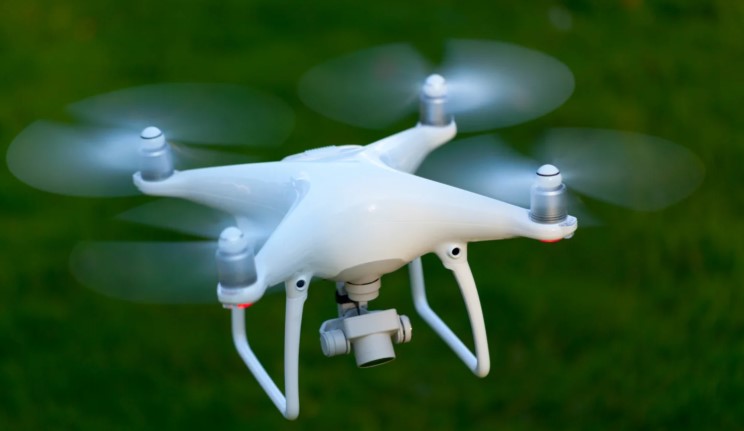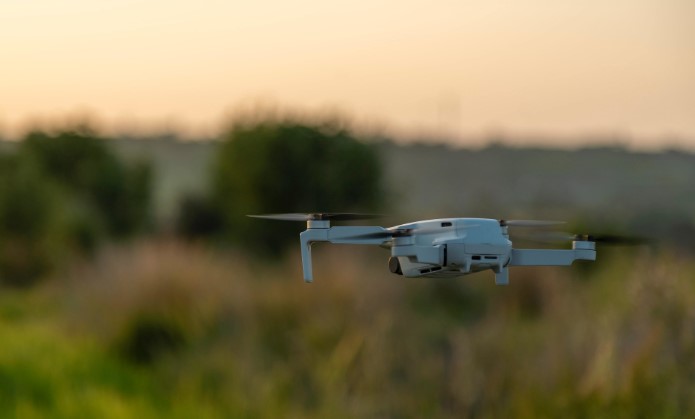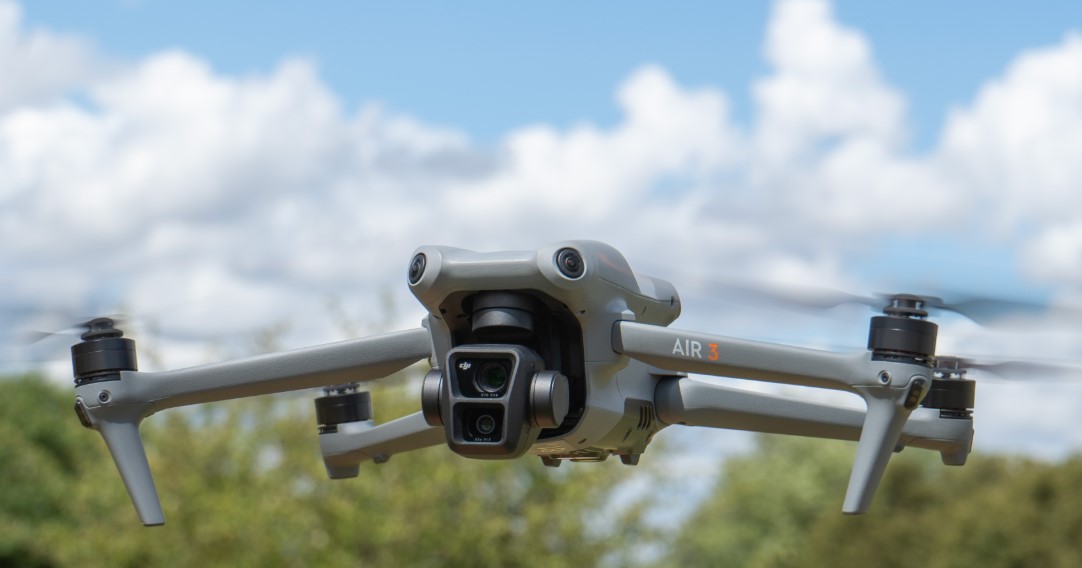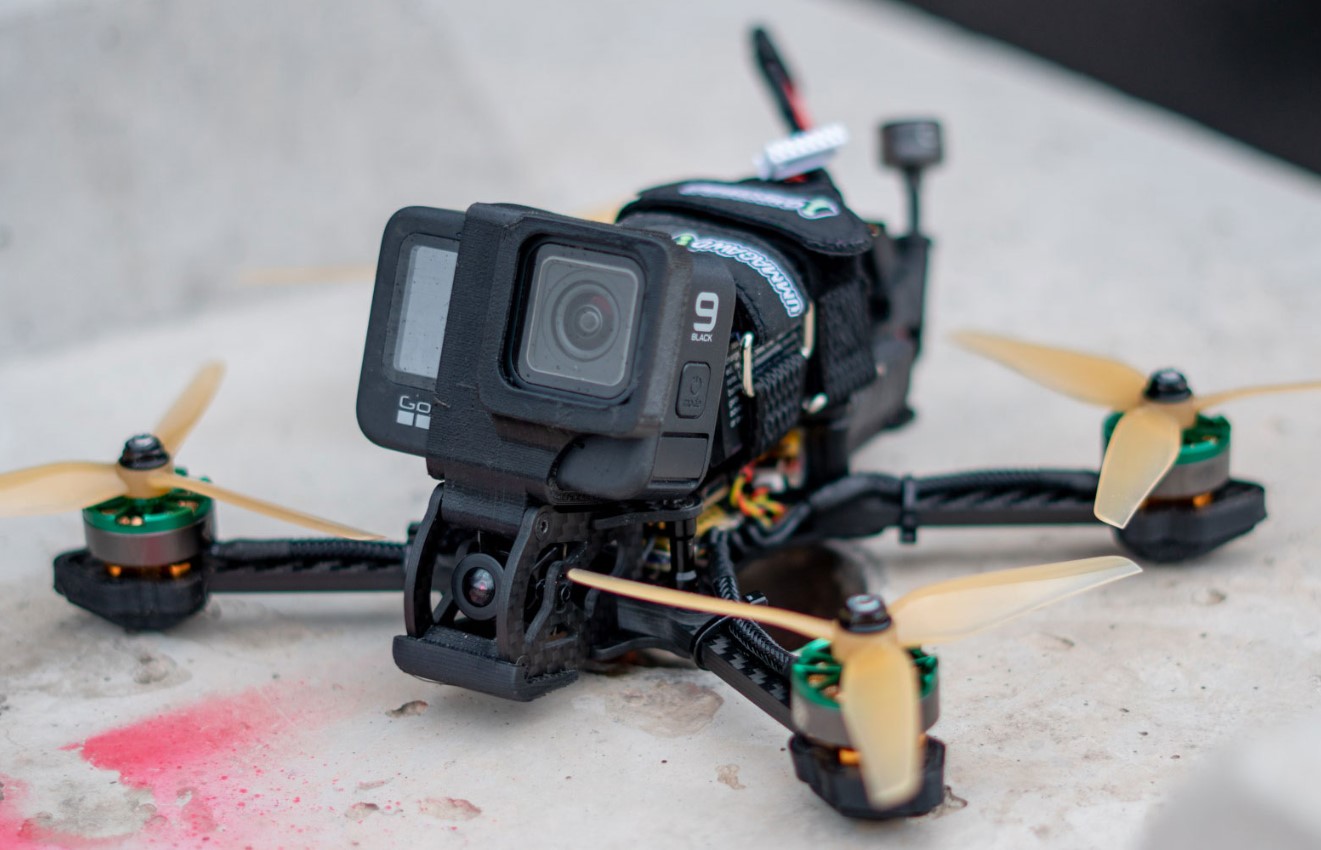Can you fly a drone from a moving vehicle? Drones have transformed the way we capture images, explore landscapes, and even conduct industrial operations. As the technology becomes more advanced and accessible, questions arise about their use in various scenarios, including the possibility of flying a drone from a moving vehicle. This activity might sound exciting, but it is fraught with complexities, legal considerations, and safety concerns.
In this comprehensive essay, Dronevoz.com will explore the feasibility, legalities, and safety aspects of flying a drone from a moving vehicle, alongside practical advice for enthusiasts.
Is It Possible to Fly a Drone from a Moving Vehicle?
The short answer is yes; it is technically possible to fly a drone from a moving vehicle. Most modern drones are equipped with advanced GPS and stabilization systems that allow for controlled flight even under challenging conditions. If the vehicle is moving at a moderate speed, the drone can typically remain stable in the air and follow user commands.
However, achieving this requires careful synchronization between the operator, the drone, and the vehicle’s speed. Moreover, the environment plays a significant role. Open, unobstructed spaces are more conducive to such activities compared to urban or crowded areas.

Legal Considerations for Flying a Drone from a Moving Vehicle
Regulations Vary by Country
Drone regulations differ across countries, and most jurisdictions impose strict rules about operating drones from moving vehicles. For example:
- United States: The Federal Aviation Administration (FAA) prohibits flying drones from moving vehicles unless you are in a sparsely populated area. The rule aims to ensure safety and prevent accidents caused by distracted or reckless operation.
- United Kingdom: The Civil Aviation Authority (CAA) has similar restrictions, emphasizing that the drone operator must always maintain direct visual line-of-sight with the drone, which can be challenging from a moving vehicle.
- Australia: The Civil Aviation Safety Authority (CASA) restricts flying drones from vehicles unless conducted under specific exemptions.
Always check local drone regulations before attempting such flights to avoid hefty fines or legal consequences.
Visual Line-of-Sight (VLOS) Requirements
Maintaining a direct visual line-of-sight with the drone is a fundamental requirement in most countries. Flying a drone from a moving vehicle makes it significantly harder to comply with this rule, as the operator’s focus is divided between the drone and the vehicle’s movement.
Insurance and Liability
Operating a drone from a moving vehicle increases the risk of accidents. Most drone insurance policies do not cover damages or liabilities arising from non-compliant activities. This could leave the operator financially responsible for any damages caused.
>>> Read: Can Military Drones Be Detected by Radar?
Safety Concerns When Flying a Drone from a Moving Vehicle
Flying a drone from a moving vehicle introduces unique safety challenges that should not be underestimated. Here are some key considerations:
- Increased Risk of Collisions
Controlling a drone while managing the dynamics of a moving vehicle increases the risk of collisions with trees, buildings, or even other vehicles. This is particularly dangerous in areas with high traffic or low visibility.
- Distracted Operation
Operating a drone requires full attention. When flying from a moving vehicle, distractions from the road, passengers, or environmental conditions can compromise safety.
- Unpredictable Wind Patterns
The motion of a vehicle can create unpredictable wind patterns that affect the drone’s stability. High speeds can make it difficult to maintain control, leading to potential crashes.
- Battery and Signal Interference
Drones rely on stable GPS and remote control signals. Moving vehicles can cause intermittent signal interference, especially in areas with dense infrastructure or poor network coverage. Additionally, maintaining the drone’s position relative to the moving vehicle can drain its battery more quickly.

Practical Scenarios for Flying a Drone from a Moving Vehicle
While flying a drone from a moving vehicle is generally discouraged, there are scenarios where it might be useful or necessary. For instance:
- Filmmaking: Capturing dynamic shots for movies or documentaries may require drones to be operated from moving vehicles. Professional operators often work under controlled conditions and special permits to ensure safety.
- Search and Rescue Operations: Emergency responders may need to use drones from moving vehicles to cover large areas quickly during search missions.
- Scientific Research: In remote areas, scientists may use drones launched from moving vehicles to collect data on wildlife or geographical features.
In all these scenarios, professional training and proper authorization are crucial.
>>> Read More: Can a Drone Cut Your Finger Off? How to Prevent Drone-Related Injuries
Tips for Safely Flying a Drone from a Moving Vehicle
If you are determined to attempt flying a drone from a moving vehicle, follow these guidelines to ensure safety and compliance:
- Use a Spotter
Always have a dedicated spotter who can keep an eye on the drone while you focus on its controls. This helps maintain VLOS and ensures quicker reaction times in emergencies.
- Choose an Open Area
Select a sparsely populated area free from obstacles like trees, buildings, or power lines. Wide-open spaces reduce the risk of collisions and signal interference.
- Check Weather Conditions
Avoid flying in windy or rainy conditions. Adverse weather can destabilize the drone and increase the risk of accidents.
- Limit Vehicle Speed
Keep the vehicle’s speed moderate to maintain better control over the drone. High speeds can complicate navigation and increase the risk of losing the drone.
- Update Firmware
Ensure your drone’s firmware is up-to-date to take advantage of the latest safety features, such as obstacle avoidance and improved GPS tracking.
- Pre-Test Your Equipment
Before attempting to fly from a moving vehicle, test your drone and controller in a stationary environment. Familiarize yourself with their capabilities and limitations.
Potential Penalties for Non-Compliance
Failing to adhere to drone regulations can result in severe consequences, including:
- Fines: Authorities in many countries impose steep fines for violating drone operation rules. In the U.S., fines can reach up to $27,500 for reckless use.
- Confiscation: Law enforcement may confiscate your drone if you are caught flying illegally.
- License Revocation: Licensed drone pilots risk losing their certification for non-compliance.
- Legal Liability: If your drone causes injury or property damage, you could face lawsuits and financial liabilities.
Final Verdict: Should You Fly a Drone from a Moving Vehicle?
While it is technically possible to fly a drone from a moving vehicle, doing so is often illegal, unsafe, and impractical for casual users. The complexities of maintaining control, adhering to regulations, and ensuring safety make this activity challenging for most drone enthusiasts.
For those with legitimate reasons – such as professionals in filmmaking or emergency services – flying a drone from a moving vehicle may be feasible under controlled conditions and with the appropriate permissions.
If you’re considering this activity, prioritize compliance with local laws, invest in professional training, and take all necessary precautions to protect yourself, others, and your equipment. Ultimately, responsible drone operation is the key to enjoying this technology without unnecessary risks.



